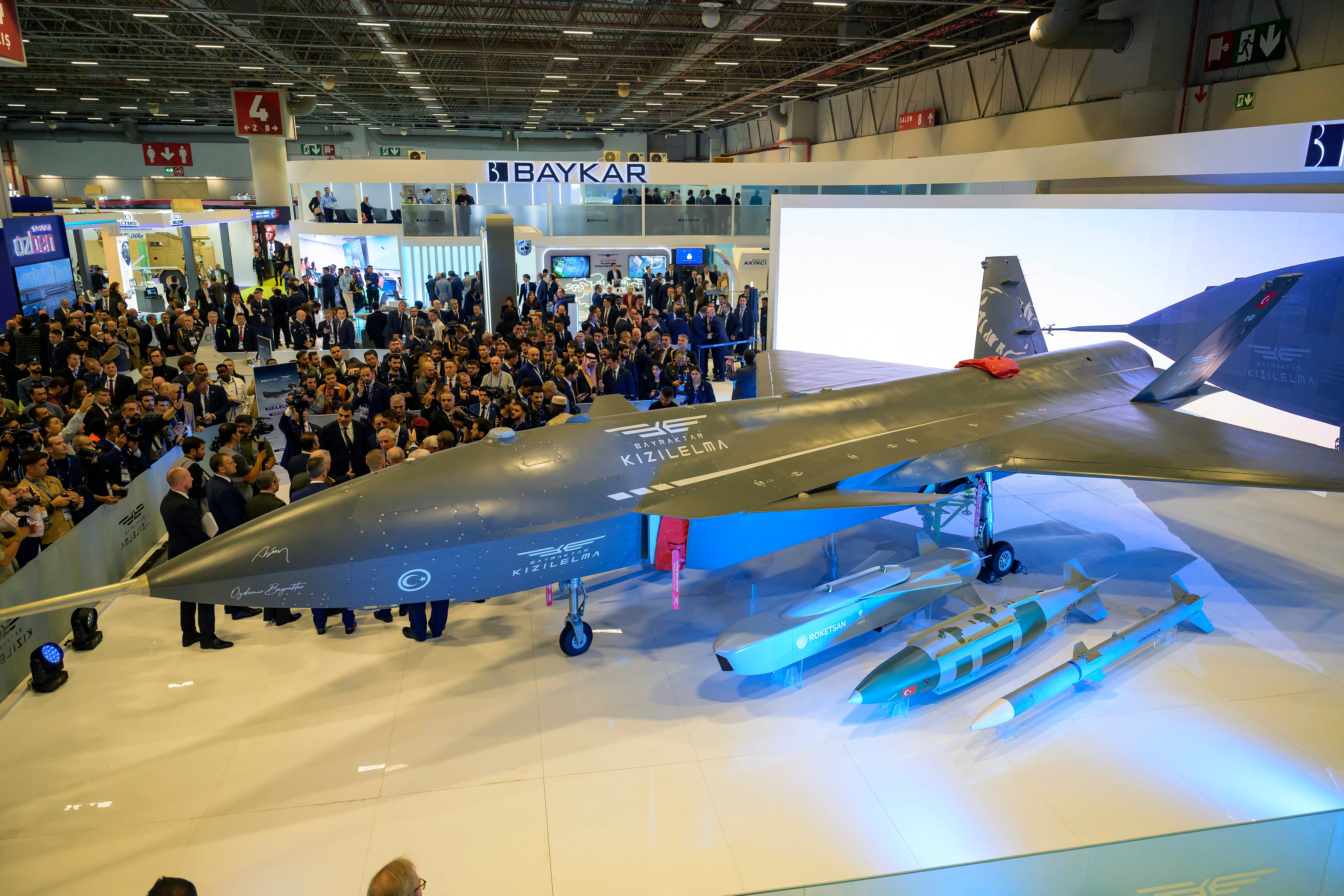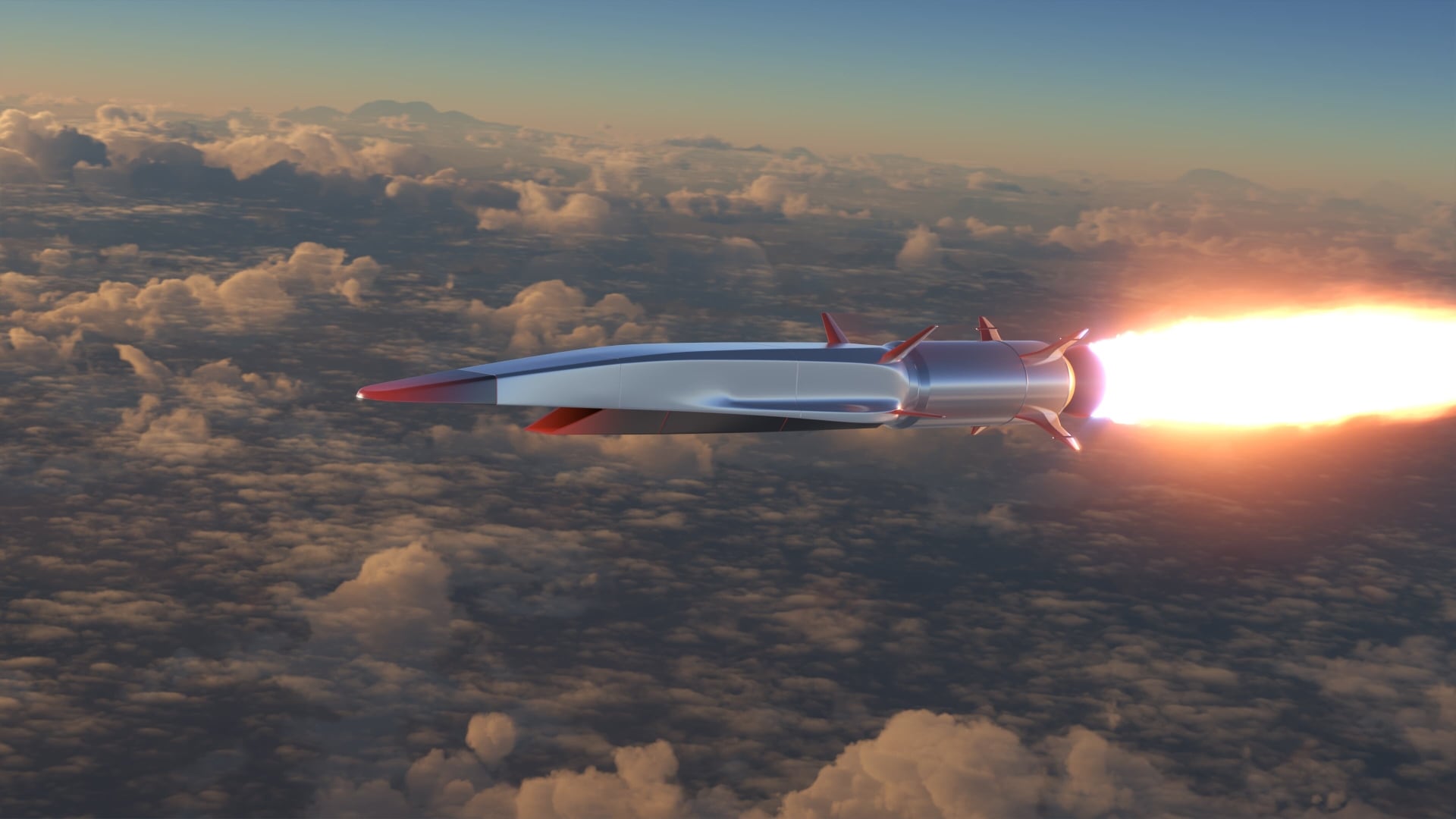WARSAW — Lithuania, Latvia and Estonia, keenly aware of Russia's use of sophisticated electronic warfare against Ukraine, are pushing to further develop their communications and radar capabilities.
"Russia's armed forces actions and its support to the separatists in Eastern Ukraine highlighted [that] the use of radio electronic warfare highly restricts the actions of the forces of Russia's opponent," Lithuania's Defense Ministry said in its Assessment of Threats to National Security, a strategic document released this year.
Lithuania is procuring three new radars to be deployed at its border with Belarus. The equipment will replace the Army's P-18 and P-37 radars, which are Russian-built, and are intended to enhance the military's air surveillance capacity.
Neighboring Latvia has also been developing its radar capabilities. ThalesRaytheonSystems recently was handed a U.S. $22.7 million Foreign Military Sales deal to supply Sentinel AN/MPQ-64F1 radars and related equipment to Latvia by the end of October 2016.
Moreover, the Baltic states have been mulling establishment of a joint air defense system to shield their respective air spaces.
Russian jamming capability
While the three countries have made numerous acquisitions to strengthen their interoperability with other NATO forces and secure their military communications, Russia has been improving its jamming technology to hamper military communications by the Baltics.
Russian efforts to boost its cyberwarfare capabilities first were seen following its August 2008 invasion of neighboring Georgia. Moscow's conventional military attack was accompanied by a series of cyberattacks targeting the websites of various Georgian institutions and media, including the country's president and parliament.
Last March, Russian state-run defense company Radio-Electronic Technologies Concern unveiled its latest Richag-AV radar and sonar jamming system. The system can be mounted on helicopters and ships to jam military communications and weapons from several hundred kilometers away.
According to the Kremlin-controlled news agency Sputnik, the radar is unique and can jam the signal of MIM-104 Patriot missile systems. Poland has selected the Patriot to bolster its air defenses.
Moreover, Russia's Defense Ministry also has unveiled plans to deploy the Nebo-M anti-missile radar systems in Eastern Europe.
However, local analysts say that these efforts should not be considered separately from Moscow's military strategy in other parts of the world.
"Regarding the Nebo-M … Russia will [reportedly] deploy these four mobile radars in the regions of Transbaikal [in south central Russia], Khabarovsk Krai and Primorsky Krai [both in far eastern Russia]," said Petr Topychkanov, an associate at the Carnegie Moscow Center's Nonproliferation Program. "All these regions are very far from Europe. The deployment of new-generation air defense radars in this part of Russia means that Moscow wants to upgrade its airspace against probable threats from the East. However, I don't argue that Russia isn't upgrading its capabilities also to deter threats from the West."
To shift their military communications from Soviet-designed tech to NATO-compliant solutions, over the past years, the Baltic states have acquired radios for their armed forces from US company Harris. Prior to the country's accession to NATO in 2002, Vilnius awarded a $13.2 million deal to Harris for high frequency and very high frequency radios from its Falcon II range of tactical radios for the Lithuanian Armed Forces.
In 2004, the year neighboring Latvia joined NATO, the Defense Ministry purchased the command-and-control personal computer and combat network radios (C2PC-CNR) system from Harris to use with its Falcon II radios. From 1998 to 2004, when the country overhauled its military communications and shifted from Soviet-designed technology to NATO-compliant gear, Latvia purchased $20 million worth of communications equipment from Harris.
In December 2013, the U.S. producer was awarded a contract to provide transportable, precision ground control approach capabilities to the Estonian Armed Forces. The deal, estimated to be worth more than $8 million, saw Harris supply the GCA-2020 radar system to Estonia, enabling the country's Amari air base to meet NATO flight safety standards.
Estonian cyber defense
Local analysts said that while the three Baltic states remain vigilant against a possible conventional attack, non-conventional measures such as cyberattacks are perceived as increasingly threatening by Vilnius, Riga and Tallinn.
Estonia has been developing its cyber warfare capacities since 2007 when a string of cyber attacks managed to shut down the websites of numerous Estonian public institutions, media outlets and financial institutions, including the country's parliament and central bank. Tallinn has accused Moscow of launching the attacks.
"The Ministry of Defense … will continue prioritizing cyber defense both internationally and domestically, using for this purpose, among other things, the synergy created by cooperation between Defense League cyber defense units and the NATO Cyber Defense Center," the Estonian Defense Ministry said in its National Defense Development Plan for the years 2013-2022.
To enhance their cyber defense, the Baltics are more closely cooperating with Western companies. Earlier this year, the Estonian Defense Ministry inked an agreement with Raytheon to advance defense industry partnerships and pursue collaborative initiatives aimed at further developing the country's cyber defense capabilities.
Email: jadamowski@defensenews.com
Jaroslaw Adamowski is the Poland correspondent for Defense News.








